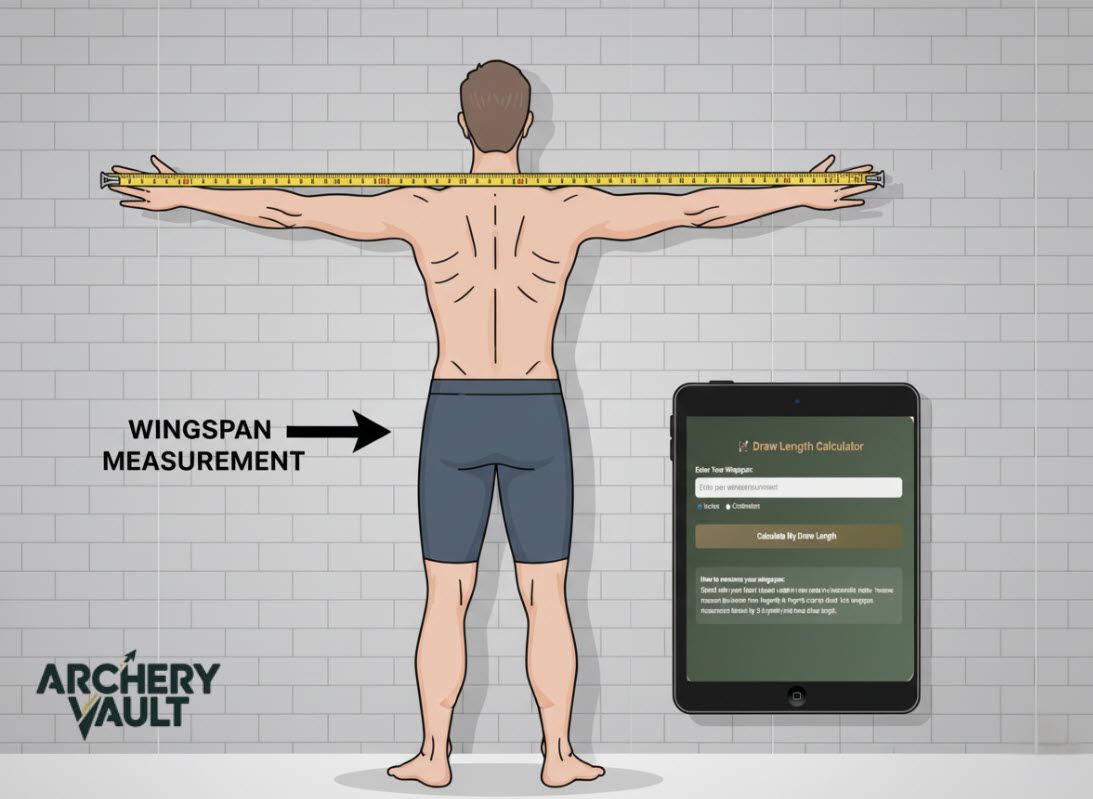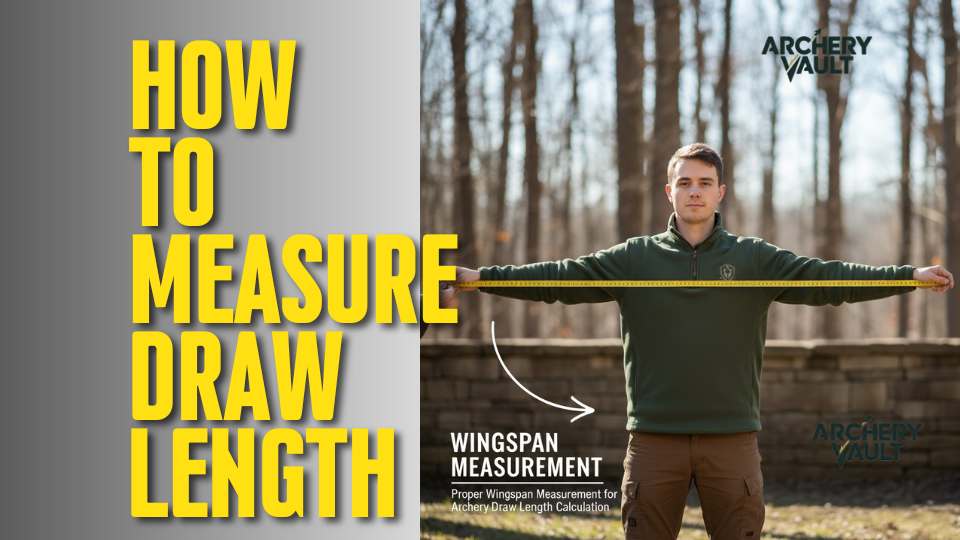Walking into an archery store for the first time is overwhelming. Walls full of bows that all look similar, sales guys throwing around terms like “cam systems” and “axle to axle length,” and price tags ranging from $300 to $2000. You just want to know which bow to buy without making an expensive mistake.
This guide cuts through the noise and focuses on what actually matters when buying your first bow. I’ve watched too many beginners get talked into the wrong setup or overspend on features they don’t need yet. Here’s what you need to know to find a bow that fits you and helps you learn properly.
What Makes a Good First Compound Bow?
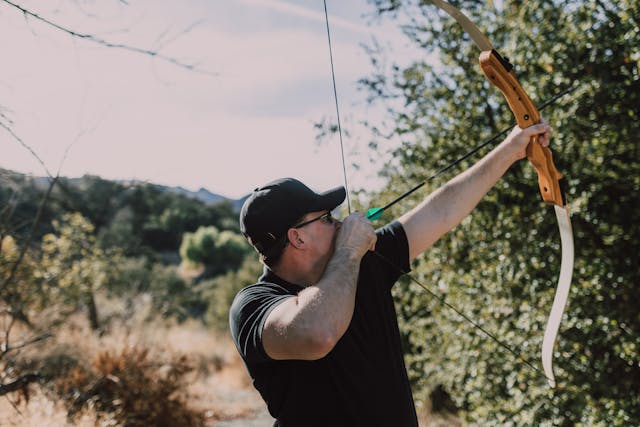
Forget speed ratings and exotic cam designed compound bows for now – those matter once you’ve got solid fundamentals.
Adjustability is critical because you’re going to change as an archer. Your draw length might shift slightly as your form develops. Your draw weight will increase as you build strength. A bow with wide adjustment ranges grows with you instead of becoming obsolete in six months.
Look for models that adjust at least 10 pounds in draw weight and a few inches in length without needing new parts.
The Bear Cruzer G3 and Diamond Edge XT are solid examples here.
Both adjust across huge ranges – the Cruzer goes from 5-70 pounds draw weight and 12-30 inches draw length. That’s basically a bow that fits anyone from a kid to a full-grown adult.
The Diamond Edge XT has similar versatility. These aren’t the fastest bows or the quietest, but they’re reliable platforms for learning without breaking the bank.
Understanding Key Bow Specifications
Draw Weight for Beginners
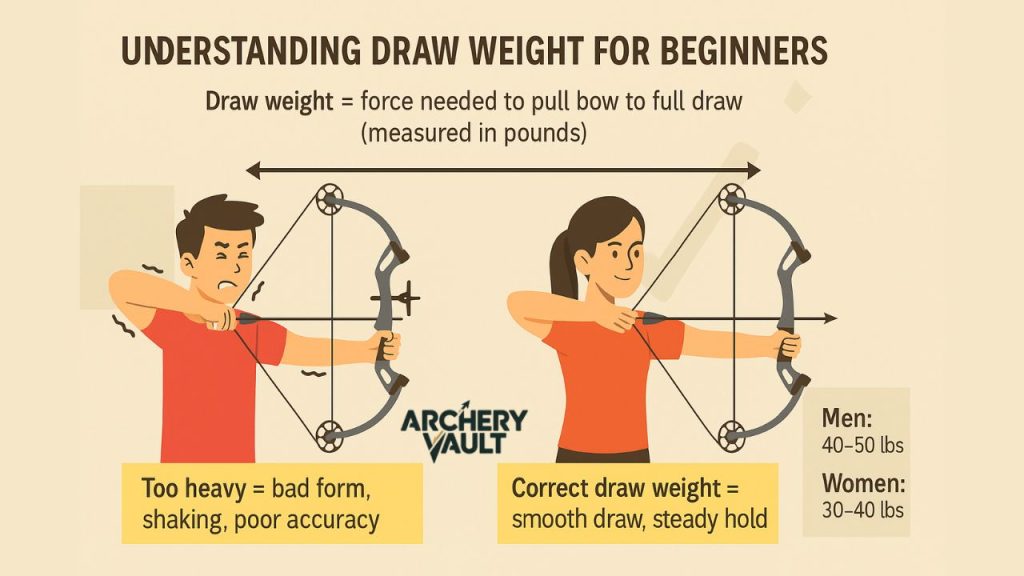
Draw weight is how much force it takes to pull the bow back to full draw. Most beginners overestimate what they can handle, then they end up fighting their bow on every shot.
Here’s my standard recommendation: Men should start around 40-50 pounds, women around 30-40 pounds.
Yeah, I know you can pull 60 pounds once or twice. Can you do it 50 times in a row while maintaining good form? Probably not. Lower draw weight lets you focus on technique instead of just muscling the bow back.
You need to be able to draw back smoothly and hold at full draw for 5-10 seconds without shaking. If you’re struggling or your form falls apart, the poundage is too high. Drop it down. You can always increase draw weight later as you build the right muscles and develop better shooting form. Starting too heavy just ingrains bad habits that are hard to fix later.
How to Measure Your Draw Length Before You Shop
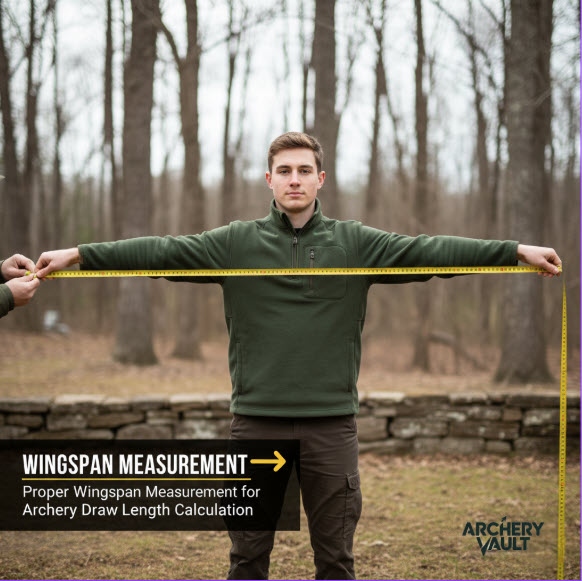
Draw length is the distance from the nocking point to the grip when you’re at full draw. Get this wrong and nothing else matters – the bow simply won’t fit you properly.
The wingspan method works for probably 95% of people. Stand against a wall with arms stretched out horizontally. Have someone measure fingertip to fingertip, then divide by 2.5. That’s your draw length baseline. So if you measure 70 inches wingspan, that’s 28 inches draw length.
Most adult men fall between 28-30 inches. Women usually run 26-28 inches. But everyone’s different – I’ve seen 6-foot guys with 27-inch draws and shorter guys needing 30 inches. Don’t guess on this measurement. If you want to skip the math, use a draw length calculator to get your number instantly, or check out the full guide on how to measure your draw length for multiple measurement methods.
Understanding Bow Length and Axle to Axle Measurement
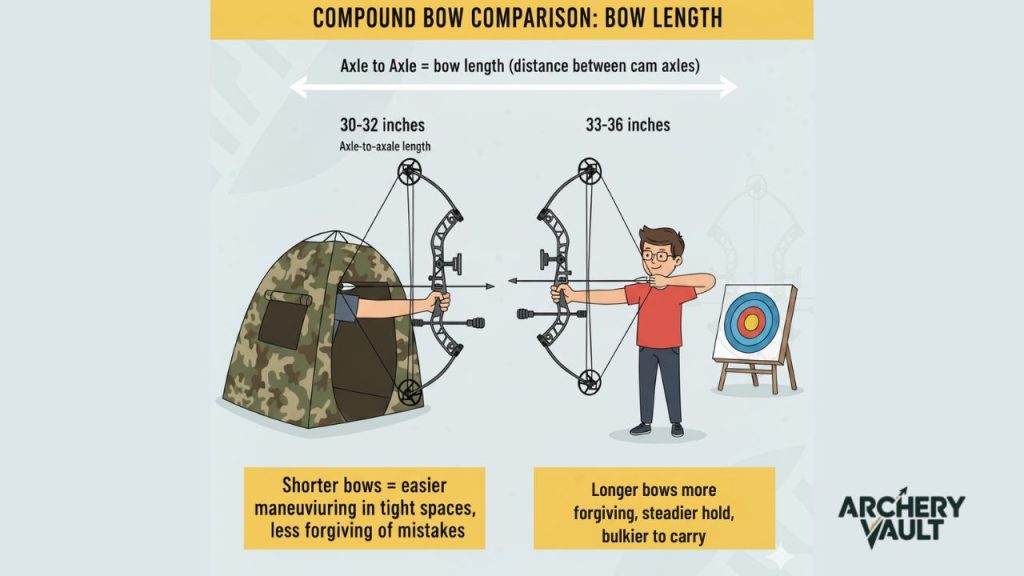
Bow length (axle to axle) is the distance between the two cam axles when the bow is strung. This measurement affects maneuverability and forgiveness in different ways.
Shorter bows (30-32 inches axle to axle) are easier to maneuver in tight spaces like treestands or ground blinds. That’s why a lot of bowhunters prefer them for whitetail in thick timber. But shorter bows are less forgiving of form mistakes – small torque or grip pressure issues get magnified.
Longer bows (33-36 inches) are more forgiving and easier to shoot accurately as a beginner. The longer length smooths out minor form problems and provides a steadier hold. The tradeoff is they’re bulkier to carry through woods and harder to maneuver in tight hunting situations. For your first bow, I’d lean toward something in the 32-34 inch range – enough forgiveness to learn on but not so long you feel like you’re lugging around a canoe.
Understanding Let-Off and Valley on Compound Bows
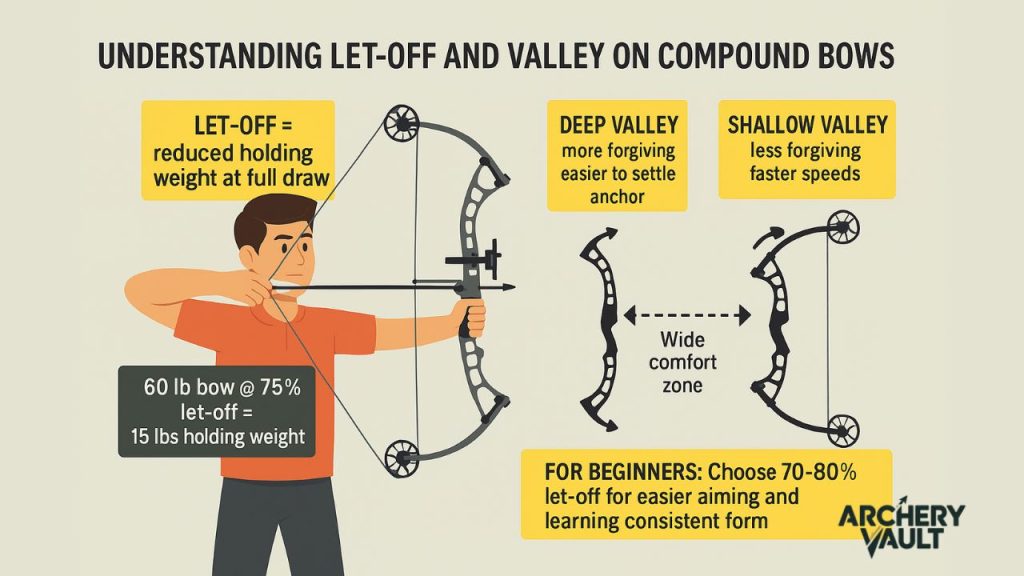
Let-off is the percentage of draw weight reduced when you’re at full draw. Most modern compounds run 70-80% let-off. So a 60-pound bow with 75% let-off only holds 15 pounds at full draw.
Higher let-off means easier holding at full draw, which is great for aiming and hunting situations where you might need to hold for a while waiting on an animal. The tradeoff is usually a shallower valley – that’s the range at full draw where you can move slightly forward or back while staying at reduced weight.
Deep valley gives you more room to settle into your anchor point and feels more forgiving. Shallow valley is less forgiving but often comes with higher speeds. For a first bow, I’d prioritize a comfortable let-off (70-80%) over worrying too much about valley depth. You’re learning to anchor consistently anyway, so a shallower valley actually helps train proper form.
Making Smart Purchase Decisions
Find answers to commonly asked questions about our products and services.
Key Takeaways for Buying Your First Compound Bow
- Prioritize adjustability over speed or fancy features – you’re going to change as you develop
- Start with lower draw weight than you think you need (40-50 lbs men, 30-40 lbs women) to build proper form
- Get your draw length measured accurately before shopping – wrong length ruins everything else
- Ready-to-hunt packages make sense for beginners unless you have specific component preferences
- Bow length between 32-34 inches offers good balance of forgiveness and maneuverability
- Match your bow hand to your dominant eye, not your dominant hand
- Single cam systems are easier to maintain and plenty adequate for learning
- Buy properly spined arrows – don’t cheap out or guess on arrow selection
- Local archery shops provide setup and expertise worth the extra cost for first-time buyers
- Let-off between 70-80% works well for most beginners
- Budget $400-700 total for a quality RTH package that you won’t outgrow immediately


